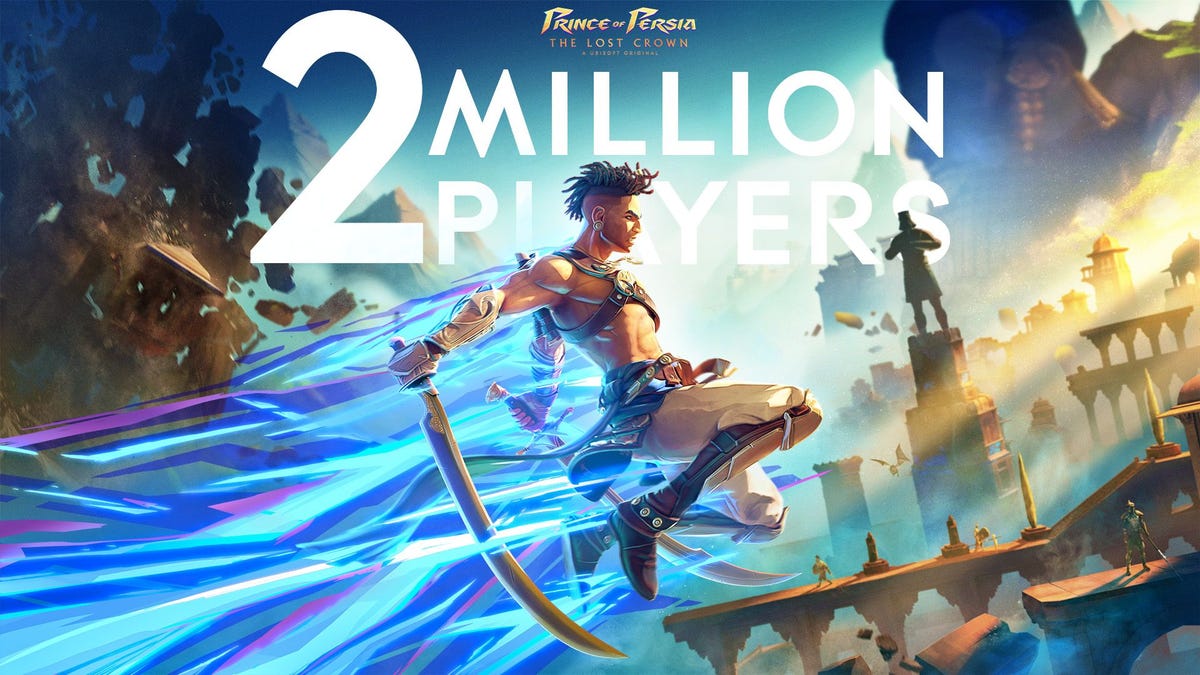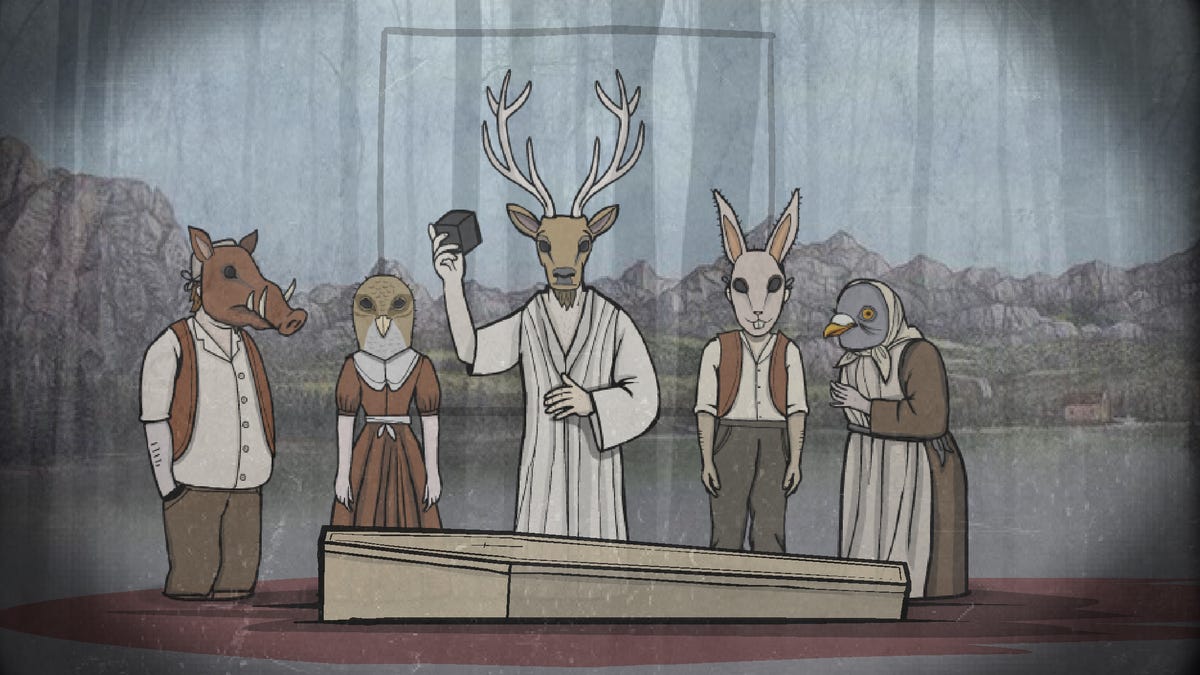Cassian Andor's Evolution in Season 2: A New Level of Espionage and Conflict

In the latest episodes of Andor, viewers are treated to a refreshing twist as the character Cassian Andor, portrayed by Diego Luna, dons attire that marks a significant departure from his usual wardrobe. While he has previously operated under disguises, most notably as the cleverly named Keef Girgo, his latest venture sees him assuming the identity of Varian Skye. This shift in appearance is not merely superficial; it signifies a deeper layer to his character as he navigates the complexities of espionage in a galaxy fraught with turmoil.
Traditionally, Cassian's missions have kept him away from the more opulent environments typically associated with the upper echelons of society. Even on the bustling, politically charged planet of Coruscant, he has opted for functional attirea stylish jacket equipped with a hood, designed to keep him hidden. Thus, seeing him dressed up is not just a change in fashion but a metaphorical peacock moment, highlighting his adaptability. Ironically, at this time when he seems to stand out, he paradoxically blends into the narrative more than ever, illustrating that sometimes, the quietest presence can leave the most profound impact.
Warning: Spoilers Ahead for Episode 6 of Andor Season 2.
Upon Cassian's arrival on Ghorman, he quickly finds himself thrust into the spotlightmuch to his chagrin. His interaction with Enza, his local contact, reveals his disdain for the overt nature of the Ghorman underground. He expresses frustration at their reckless behavior, which inadvertently draws unwanted attention to him. Enzas curt reminder that its hard to be patient when your world is falling apart underscores the urgency with which the Ghormans are acting. Indeed, Cassian's hesitance is rooted in his past experiences, arguing that patience is a crucial element in espionage that the revolutionaries seem to overlook.
However, the brilliance of Andor, particularly in its second season, lies in its nuanced portrayal of both characters perspectives. While Enza is undoubtedly correct that Ghorman faces imminent danger from the Empire, Cassians insistence on caution is equally valid. His journey thus far, laden with hardship and intelligence, informs his belief that any successful operation requires a level-headed approach.
The narrative shifts dramatically in the climactic moments of episode 6, titled What a Festive Evening. Here, the focus moves away from Cassian, emphasizing that the revolution extends far beyond any single individual. The tension is palpable as Klaya and Luthen undertake a dangerous mission to retrieve a listening device during an opulent dinner party, while Cinta and Vel step in to assist the Ghorman rebels. Each operation unfolds with a breathless precision that highlights the stakes involved. For instance, the Ghormans struggle with Vels leadership and their own desperation, while Klayas situation becomes even more perilous due to the presence of the ever-menacing Director Krennic.
This thematic pivot reinforces a central tenet of the series: the revolution is much larger than Cassian Andor. The harrowing imagery of Klayas blood on her hands as she wrestles with her mission serves as a visceral reminder of the stakes involved. Simultaneously, the tragic fate of Cinta as collateral damage due to Ghormans impulsiveness reflects the high price of their rebellion. Through these developments, the series masterfully illustrates that the fight against the Empire is a collective struggle, and Cassian's absence only amplifies the narrative's urgency.
The strength of Cassians initial interaction with Enza lies in its emotional depth. While her world is crumbling around her, Cassians insights stem from a wealth of experience that the audience has witnessed throughout the series. This complexity is what elevates Andor above typical narratives; it allows for a multi-dimensional exploration of war, rebellion, and the human experience within it. One can easily envision a parallel storyline focusing solely on Ghormans plight. In such a scenario, Cassian could easily be misrepresented as an interloper, disconnected from the gravity of the situation.
Yet, Andor excels in showing how individual narratives intersect with larger cosmic dramas. The series has consistently illustrated the multi-faceted nature of resistance against the Empire. In a poignant moment where Cassian chastises Enza, the camera captures her conflict and uncertainty, juxtaposed with a blurred image of Cassian in the background. This visual metaphor encapsulates his evolution since his introduction to the universe and serves as a reminder of the shifting dynamics in the rebellion. Although he is not yet the seasoned leader we know he will become in Rogue One, Cassian's growth is palpable, marked by a newfound clarity regarding his role within the broader narrative of rebellion.
Ultimately, the evolution of Cassian Andor is emblematic of the larger themes at play in Andor. As he grapples with the complexities of rebellion, he moves beyond mere personal conflicts. His growing understanding of the revolution signifies a maturation that propels the narrative forward, leaving viewers eagerly anticipating how he will navigate future challenges.























